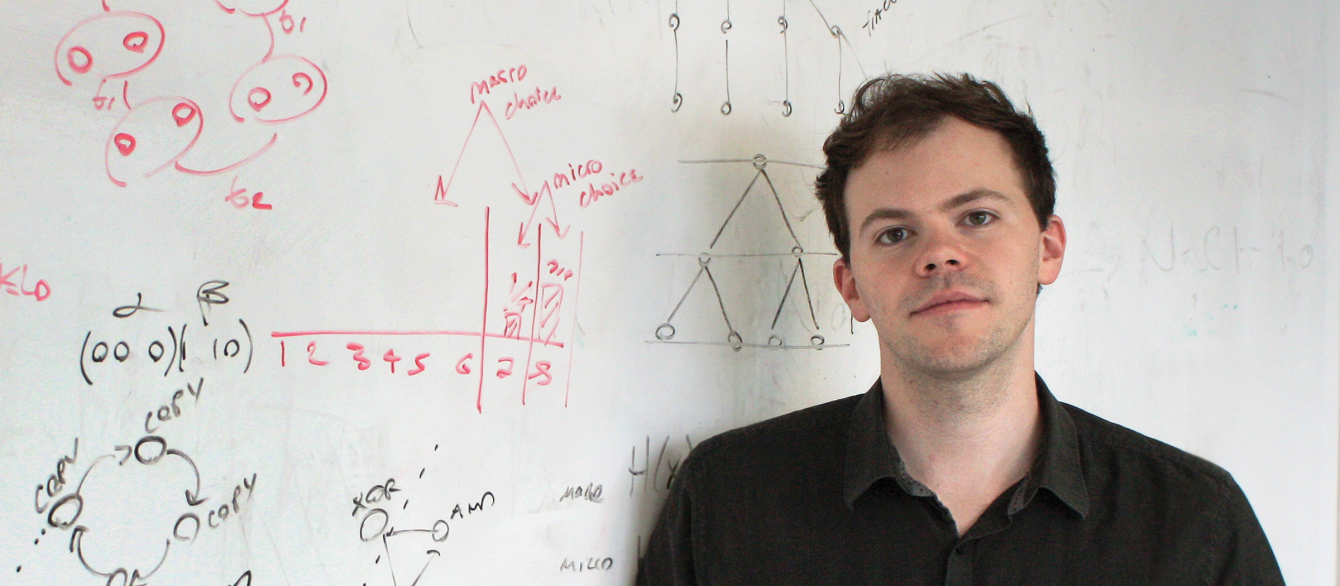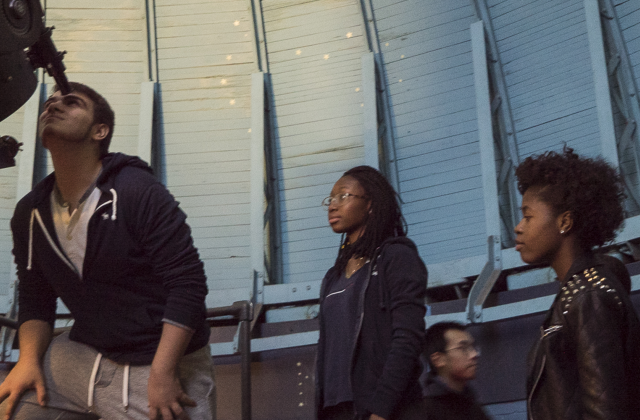Can we locate cause and effect in the brain?

Columbia postdoctoral researcher Erik Hoel is using a new type of math to explain the origins of consciousness and agency. His theory, causal emergence, reveals the cause-effect relationship of the brain with behavior.
The field of neuroscience has long sought to discover how complex behaviors emerge, mapping the brain to its smallest and most detailed level. Hoel suggests that instead of looking at the individual parts of the brain, we should instead be focusing on macroscopic states, which may even be psychological states such as desires or beliefs. In his search for causality, he has identified a macro level of scale where the information gathered will have the best predictive value.
Hoel says, “If you just give me your atomic state, it may be totally impossible to guess where your future [atomic] state will be in 12 hours. Now give a psychological description, or a physiological one. Where are you going to be in 12 hours? You’re going to be asleep—easy.”
To locate the level of focus most relevant to predicting future states, Hoel has been using a new type of math derived from information theory, the study of the transmission of information. Just as error-correcting codes increase the amount of information that can be sent over information channels, macro scales can have increased causal power.
To identify the scale that is most able to predict future activity, Hoel is conducting brain imaging experiments in the lab of Columbia neuroscientist Rafael Yuste. As he investigates, Hoel asks, “Where does the causal structure of the brain pop out?” Learn more.
Make Your Commitment Today




